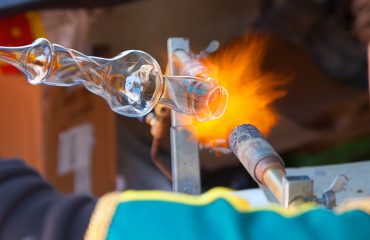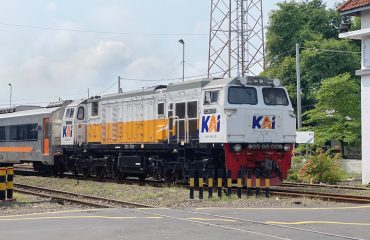Earthquakes are unpredictable and devastating natural disasters. The ability to design and construct buildings that can withstand these powerful forces is paramount to saving lives and minimizing economic losses. Steel, with its unique properties, plays a crucial role in creating earthquake-resistant structures. This post explores the multifaceted contribution of steel to seismic design and construction.
1. The Superior Strength and Ductility of Steel
Steel’s inherent strength is a primary reason for its widespread use in earthquake-resistant design. Its high tensile strength allows it to withstand significant forces without fracturing. However, equally important is its ductility – the ability to deform significantly under stress before failure. This characteristic allows steel structures to absorb seismic energy through yielding and deformation, rather than experiencing brittle failure. This energy dissipation is critical in preventing catastrophic collapse during an earthquake. Unlike brittle materials like concrete, which can shatter under seismic loads, steel bends and deforms, thus reducing the impact of the ground shaking. This ductility enables the structure to “give” during an earthquake, minimizing damage and protecting occupants.
2. Steel’s Role in Moment-Resisting Frames
Moment-resisting frames are a fundamental component of earthquake-resistant building design. These frames consist of interconnected steel beams and columns that form a rigid structural system. The steel’s high strength and ductility allow these frames to resist lateral forces generated by earthquakes. The connections between the beams and columns are meticulously designed to ensure adequate energy dissipation and prevent premature failure. Advanced welding techniques and high-strength bolts are used to create strong and reliable connections that can withstand the intense stresses imposed during an earthquake. The design of these frames often incorporates specific detailing to encourage ductile behavior, focusing energy dissipation at pre-determined points to prevent global collapse.
3. Steel’s Contribution to Seismic Dampers and Isolation Systems
Beyond the structural frame, steel is integral to advanced seismic protection systems. Steel is a key component in various types of seismic dampers, devices designed to absorb and dissipate seismic energy. These dampers, often incorporating viscous fluids or other energy-absorbing mechanisms within steel housings, reduce the impact of ground shaking on the building. Steel is also used extensively in base isolation systems, which decouple the building from the ground movement. These systems typically involve steel bearings or sliders that allow the building to move independently of the foundation during an earthquake, significantly reducing the forces transmitted to the structure. The use of steel in these systems ensures durability and reliability under extreme conditions.
4. Steel’s Adaptability in Different Seismic Design Approaches
Steel’s versatility allows it to be incorporated into a variety of seismic design approaches. It can be used in both conventional moment-resisting frames and more advanced systems like braced frames, which utilize steel bracing members to enhance lateral stability. The choice of design approach depends on factors such as the building’s height, occupancy, and the seismic hazard level of the location. Steel’s adaptability makes it a suitable material for a wide range of building types and seismic conditions, from low-rise residential structures to high-rise commercial buildings. The ability to tailor the design and detailing of the steel components to meet specific seismic demands further underscores its importance in earthquake engineering.
5. Sustainability and the Future of Steel in Earthquake-Resistant Construction
The sustainability of steel is an increasingly important consideration in construction. Steel is a recyclable material, reducing the environmental impact of building construction and demolition. Furthermore, advancements in steel production are leading to the development of higher-strength, lighter-weight steels, which can reduce the overall material usage in earthquake-resistant structures. Ongoing research into new steel alloys and innovative connection techniques continues to enhance the performance and sustainability of steel in seismic design. The pursuit of more efficient and environmentally friendly steel production methods further strengthens its position as a vital material for creating resilient and sustainable buildings in earthquake-prone regions.
In conclusion, steel’s exceptional strength, ductility, and adaptability make it an indispensable material in earthquake-resistant construction. Its use in moment-resisting frames, seismic dampers, and base isolation systems contributes significantly to the safety and resilience of buildings in earthquake-prone areas. Continuous advancements in steel technology and design techniques further cement its crucial role in protecting lives and property from the devastating effects of earthquakes.
SEO Tags:
- Earthquake-resistant structures
- Steel structures
- Seismic design
- Earthquake engineering
- Steel construction




